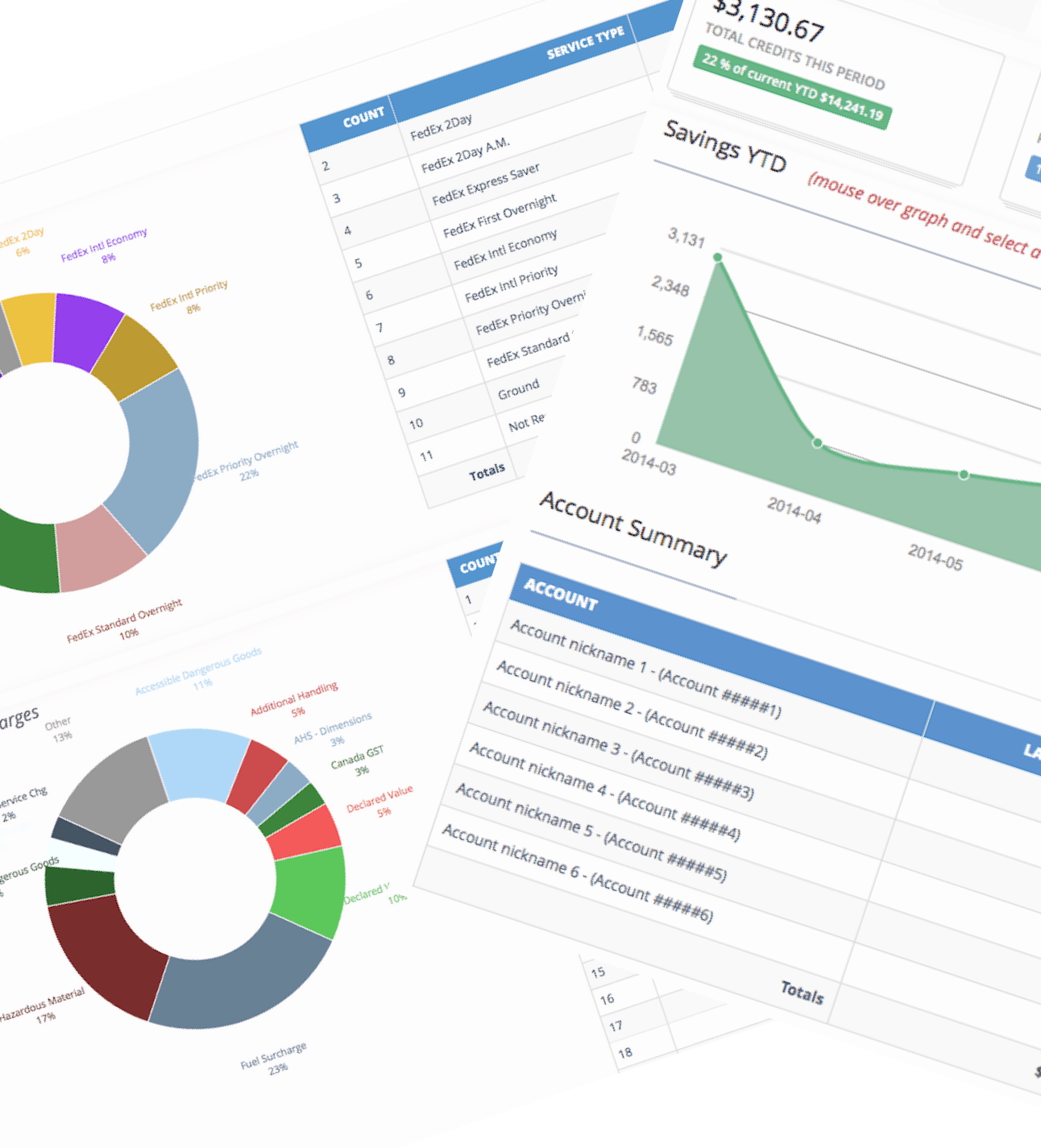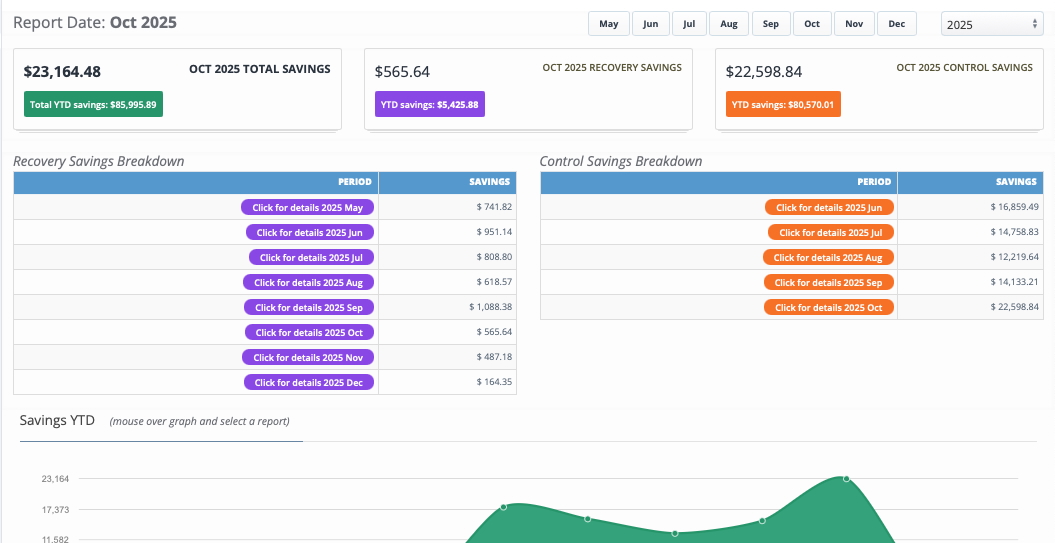Beyond Refunds: The Real Value Hidden in Weekly Audit Reports

Why Refunds Are Only the Beginning
Most shippers think of parcel audits as simple refund recovery — flagging late deliveries, claiming credits, and moving on.
But that’s the smallest part of the value.
The real advantage is in what those refund reports reveal: patterns, service issues, and pricing gaps that drive long-term savings well beyond any single credit.
Each week, your auditor sees thousands of data points that FedEx or UPS don’t highlight — and the best audit reports translate those into action.
Spotting Hidden Delivery Trends (and Exposing Cost Blind Spots)
Weekly audit reports don’t just show which shipments were late — they show how your company actually ships.
For senior leaders, that visibility is invaluable. It reveals:
- Which service types your team relies on most — and whether those choices align with your negotiated discounts.
- Where specific hubs, zones, or regions are consistently underperforming.
- Which customers or destinations are driving the most exceptions or surcharges.
These aren’t just refund triggers — they’re operational signals that shape smarter decisions.
When executives can see their true shipping behavior, they can question long-held assumptions about carrier mix, service type usage, and spend allocation.
That clarity often leads to six-figure improvements — long before the next carrier negotiation even begins.

Turning Refund Data Into Contract Leverage
Over time, refund reporting becomes a map of where your carrier relationship is weakest.
If you’re seeing dozens of credits each week for a single service, it’s proof your carrier can’t consistently deliver it — which is powerful leverage during negotiations.
The same logic applies to surcharges, DIM adjustments, and address correction fees.
An experienced audit partner can show you how to convert refund frequency into rate relief, not just one-off credits.
See how our clients track this in real-time: https://www.rcsaudit.com/contact-us
Adding Real Visibility With Reporting Tools
The best audit partners don’t just hand over spreadsheets — they deliver interactive reports that put refund data in context.
When you can see week-over-week refund totals, delivery performance charts, and cost breakdowns by service type, you’re no longer reacting to carrier bills — you’re managing performance proactively.
These tools turn “audit” into something strategic — a living scorecard that helps operations, finance, and logistics teams all pull in the same direction.
The Bottom Line
Refunds matter — but what matters more is what they reveal.
Your weekly audit reports are already telling a story: which services need attention, which surcharges are creeping up, and where your carrier promises are slipping.
When you use that visibility proactively, you stop chasing refunds and start controlling spend.
Because in the end, the refund is just the receipt — the real value is the insight behind it.
See how our clients track this in real-time: https://www.rcsaudit.com/contact-us



